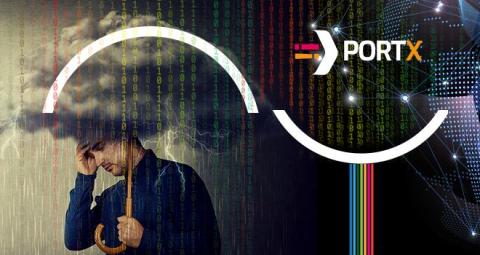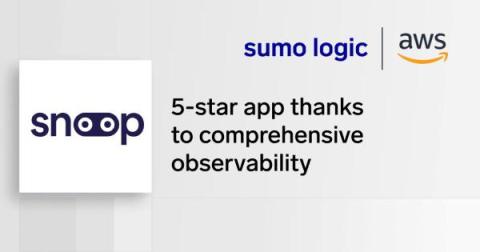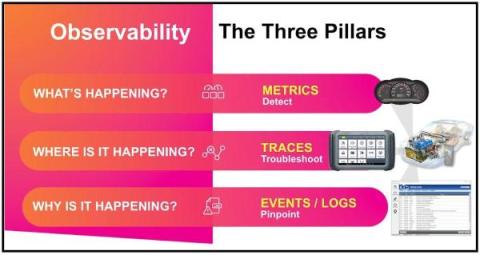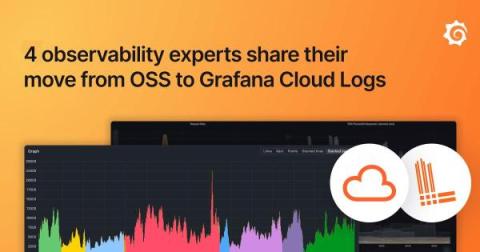Top Data Integration Challenges and How To Overcome Them With PortX
In the ever-evolving landscape of data integration and architecture, organizations grapple with many challenges, from controlling exponentially growing observability data to the complexities driven by hybrid clouds, data migrations, integration of new AI/ML services, and the need for swift time-to-market strategies.










